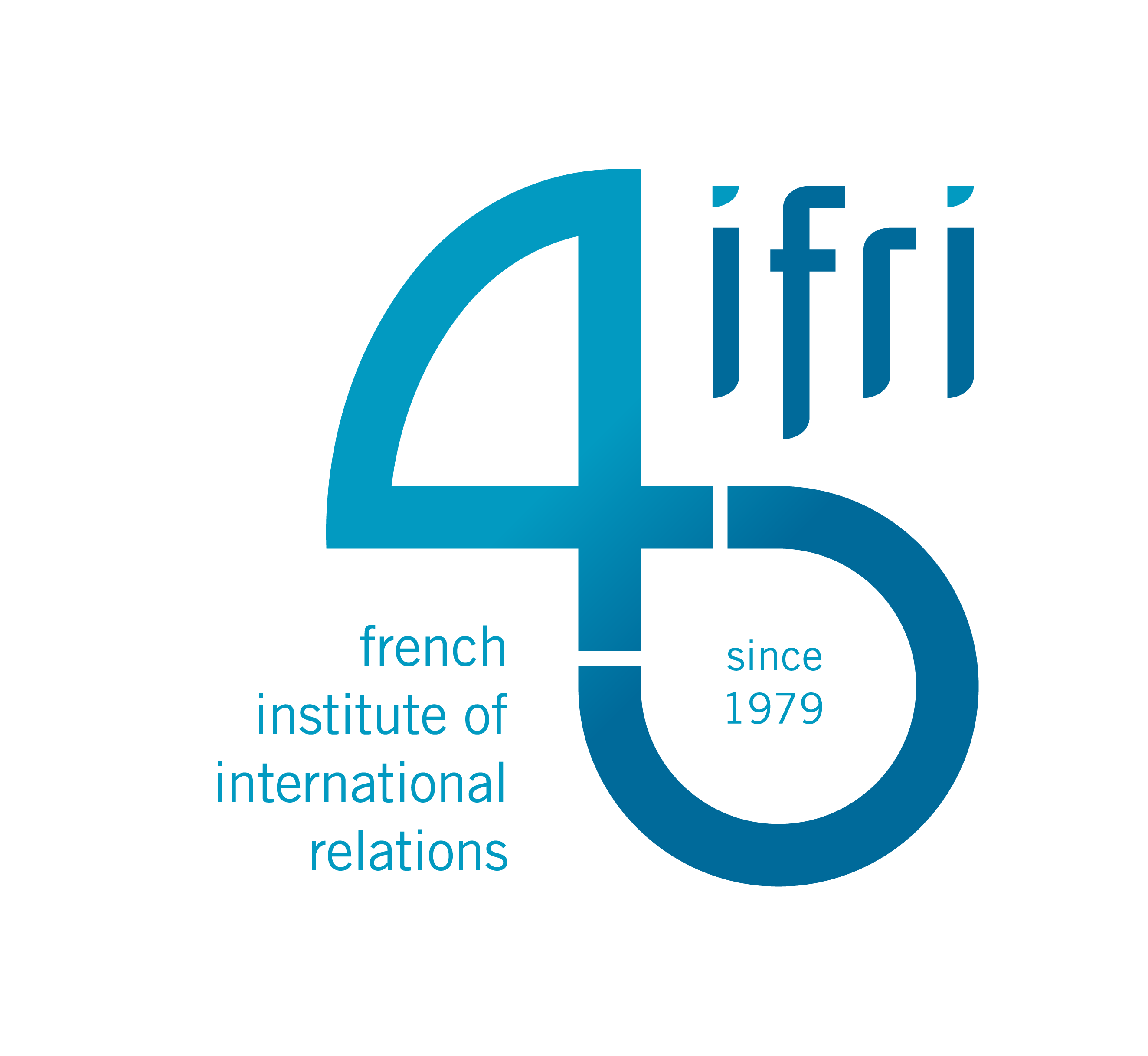The emergence of Sat-to-Cell is enabled by the development of space technologies, in particular large satellite constellations. The regulatory framework has also evolved with the involvement of standardization bodies, which helped implement this type of service. As a close technological relative of the Internet of Things (IoT), its dynamics are dominated by American and Chinese companies, while European actors are almost absent. SpaceX appears in a particularly strong position to exploit this new market.
In addition to economic issues, geopolitical questions are also raised by these new applications. A global connectivity infrastructure could enable the emergence of new military uses, new regime destabilization operations or even the end of state control over the Internet in certain countries. It seems necessary to anticipate possible changing use cases and to adapt to them.
Sat-to-Cell is still in its infancy and cannot compete with established networks in the short term. Its accessible market remains uncertain, and there is a risk of interference with terrestrial operators. However, there are several reasons to see it as a potentially disruptive technology whose development should be monitored.
About the Authors
Paul WOHRER, Research Fellow, Space Program, Center for Geopolitics of Technology, Ifri

